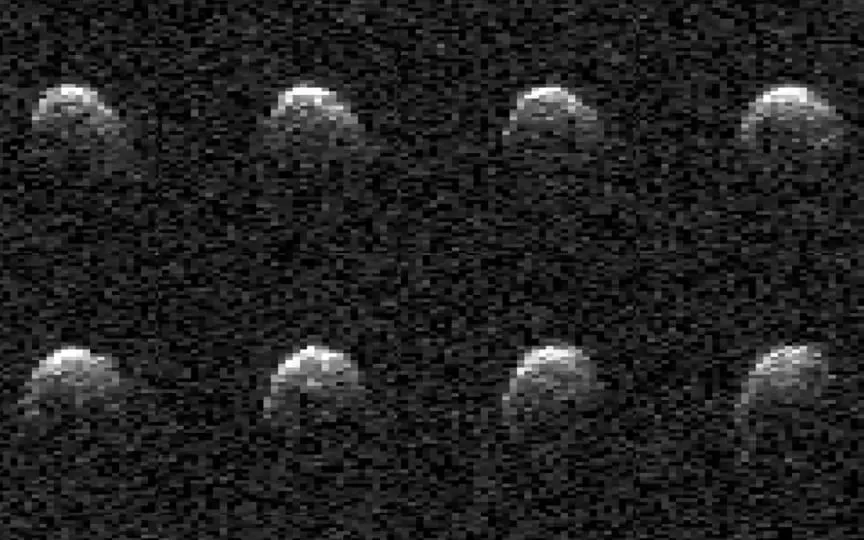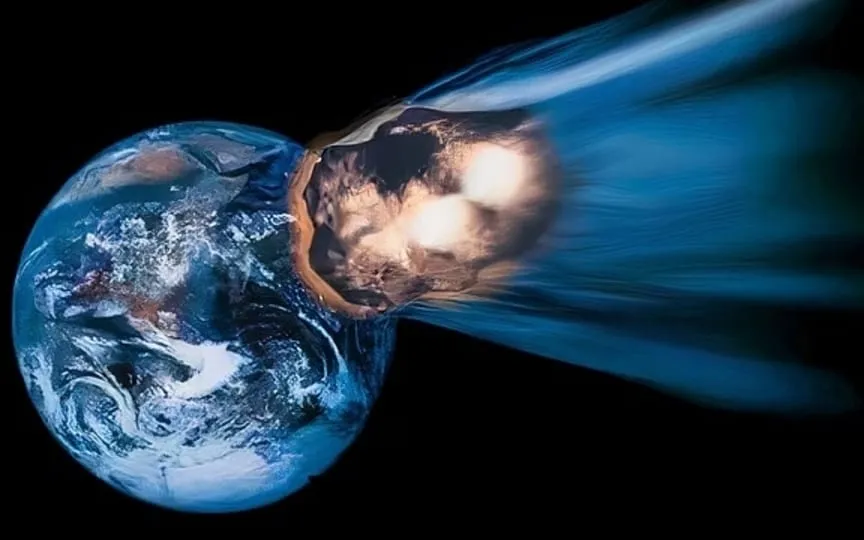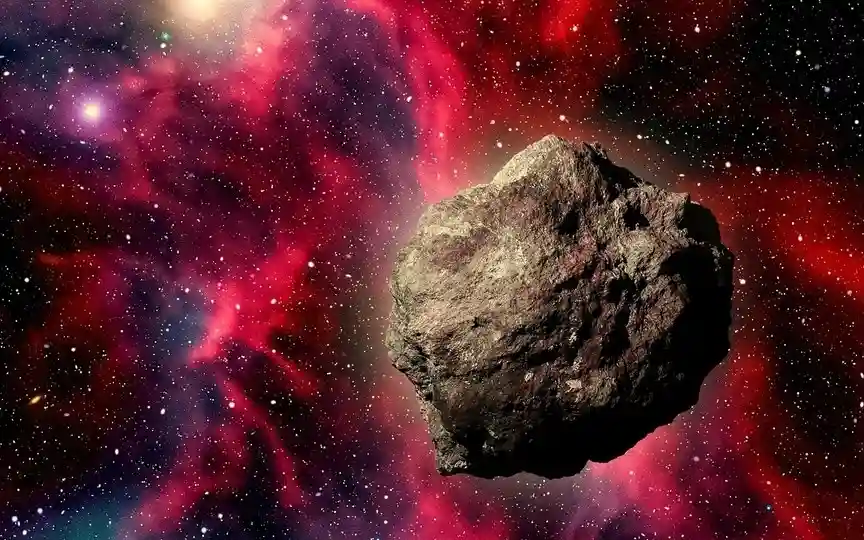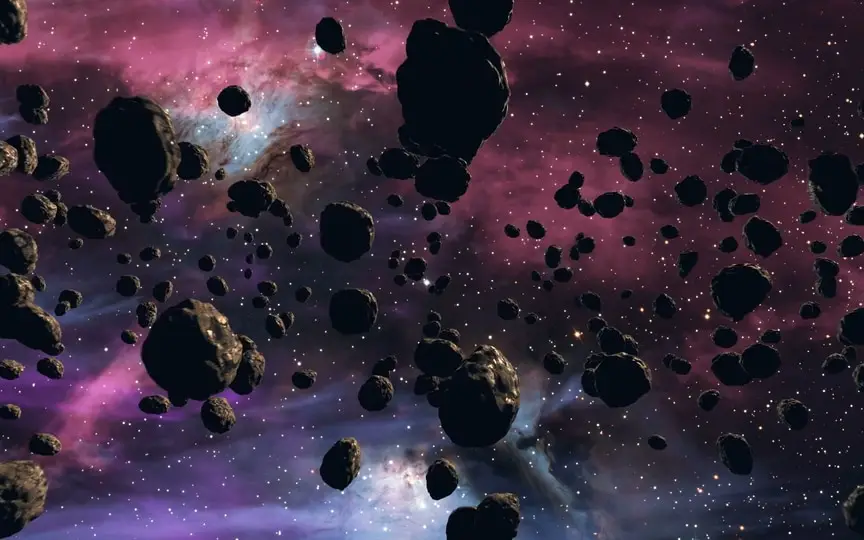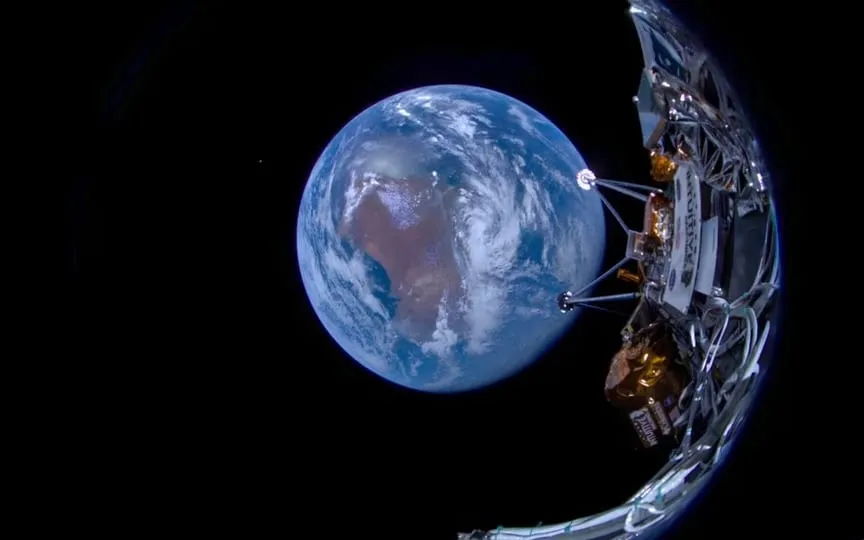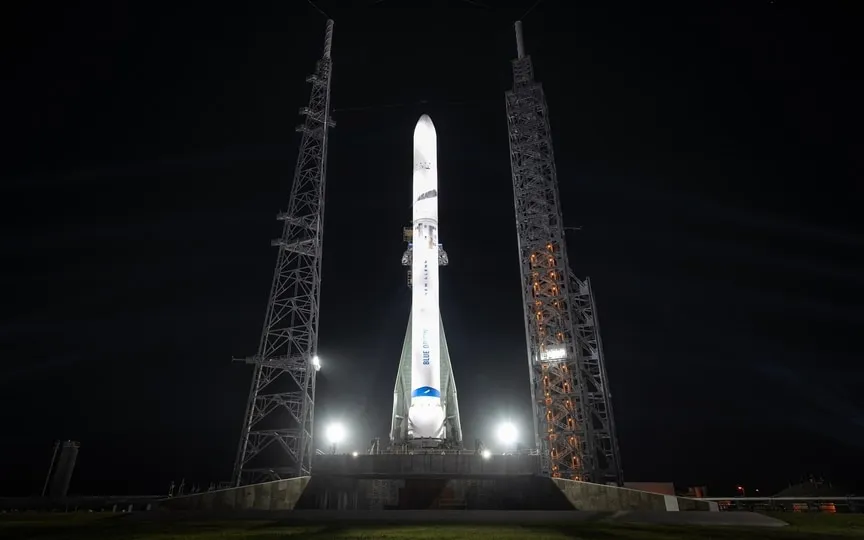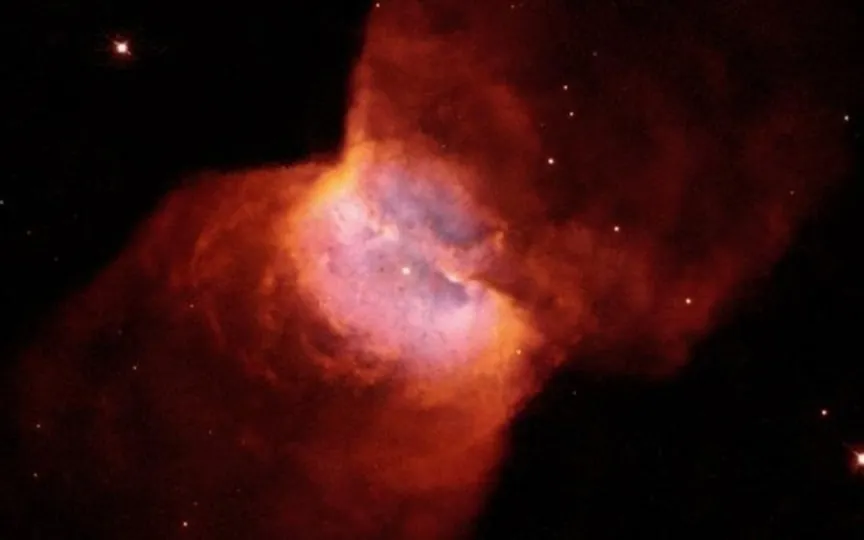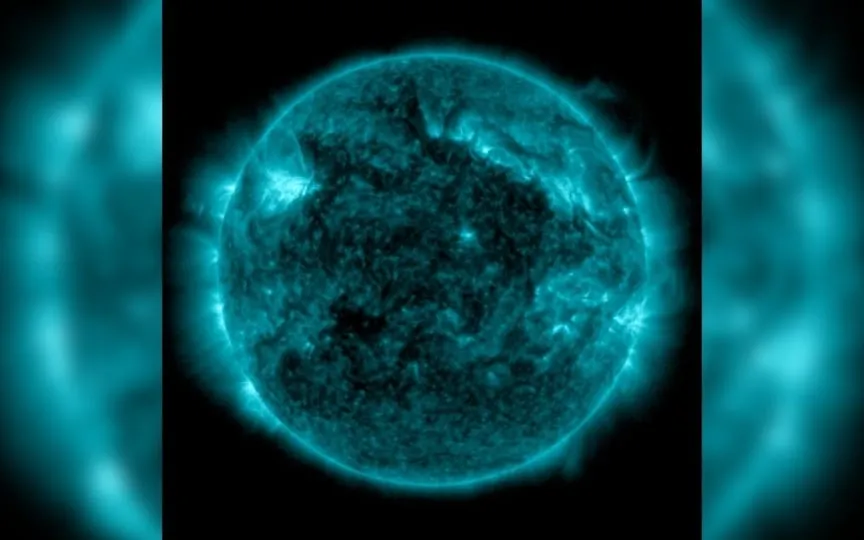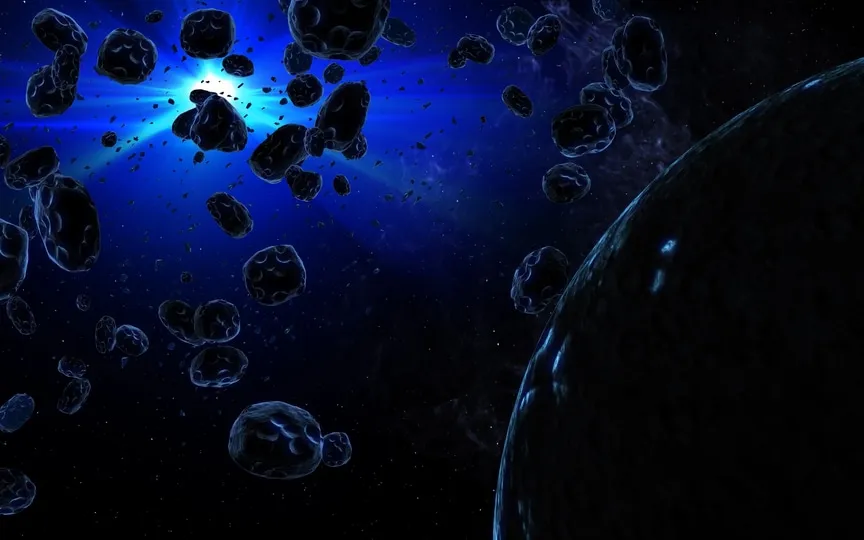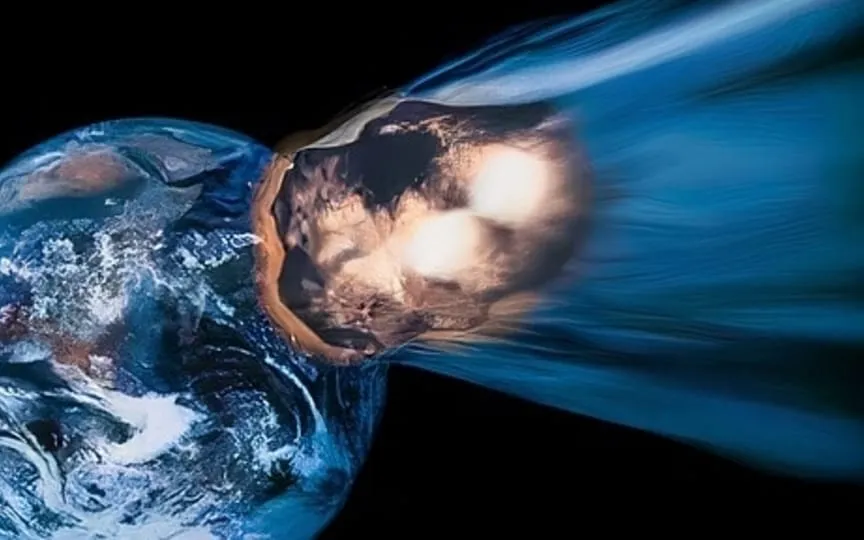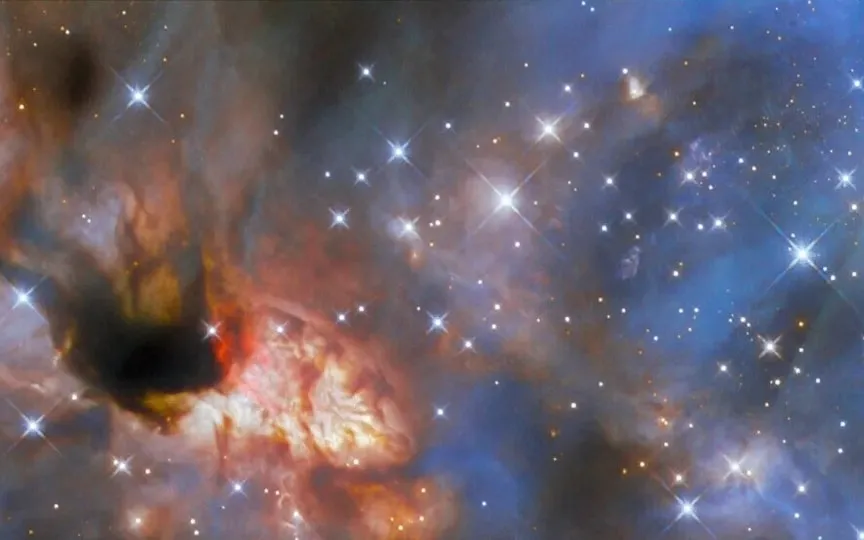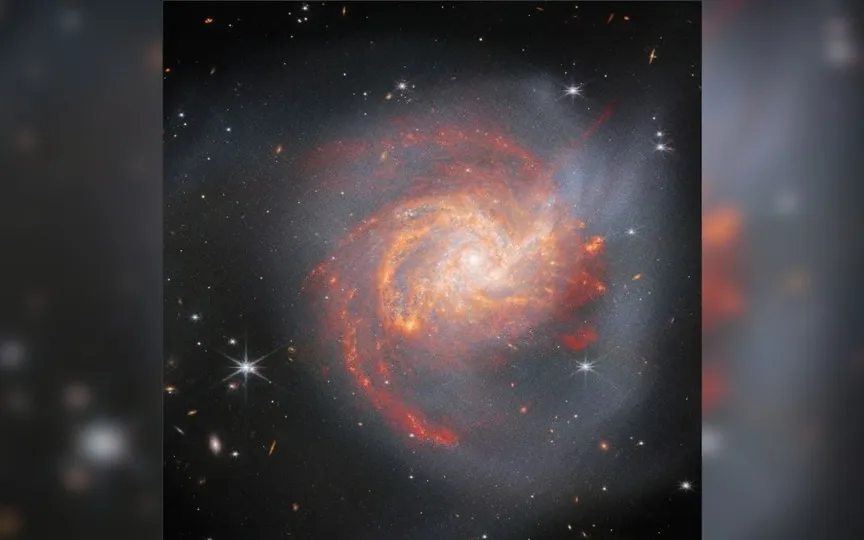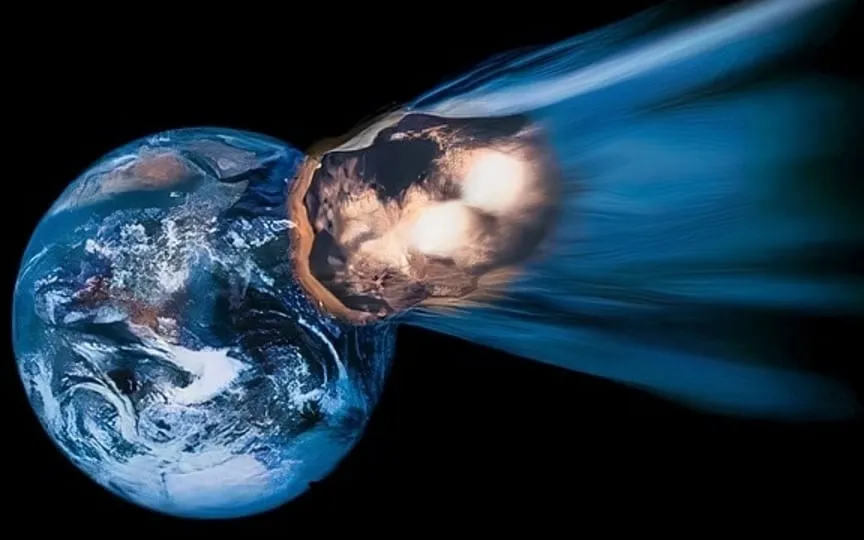NASA’s Deep Space Network captures image of Potentially Hazardous Asteroid as it flies past Earth
NASA has released radar images of a stadium-sized asteroid, named 2008 OS7, as it flew by Earth on February 2. The images were captured using NASA’s Deep Space Network radar system, providing a unique view of this celestial object. Asteroid 2008 OS7 captured by NASA The slow-rotating asteroid, which is 650 to 1,640 feet across, posed no threat to Earth as it passed by at a safe distance of about 1.8 million miles (2.9 million kilometers), according to a NASA report. This distance is more than seven times greater than…
Read More
